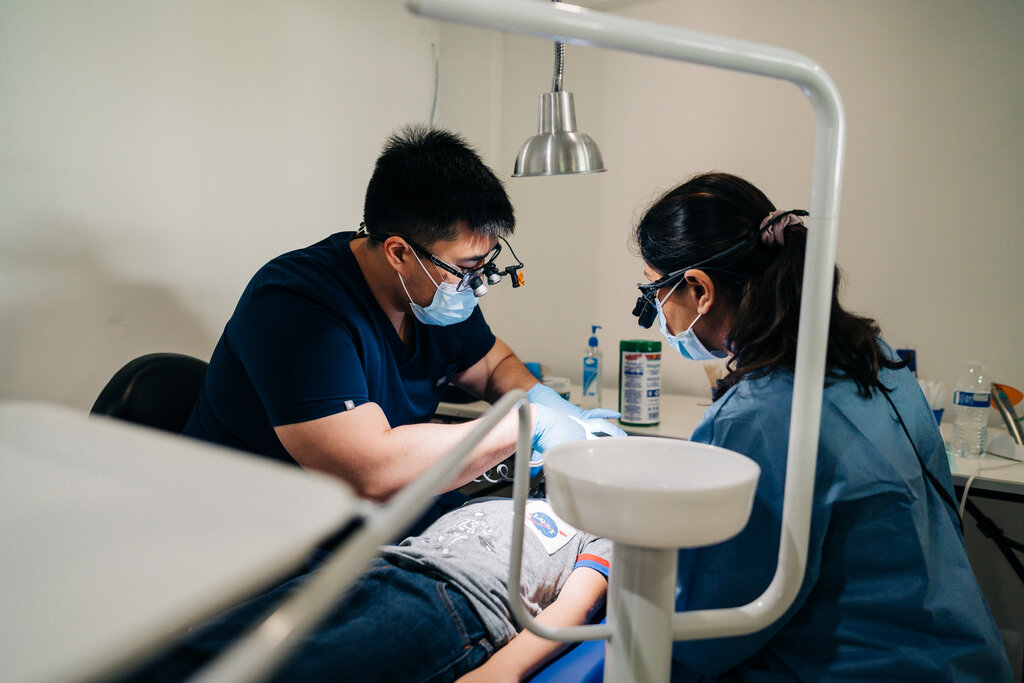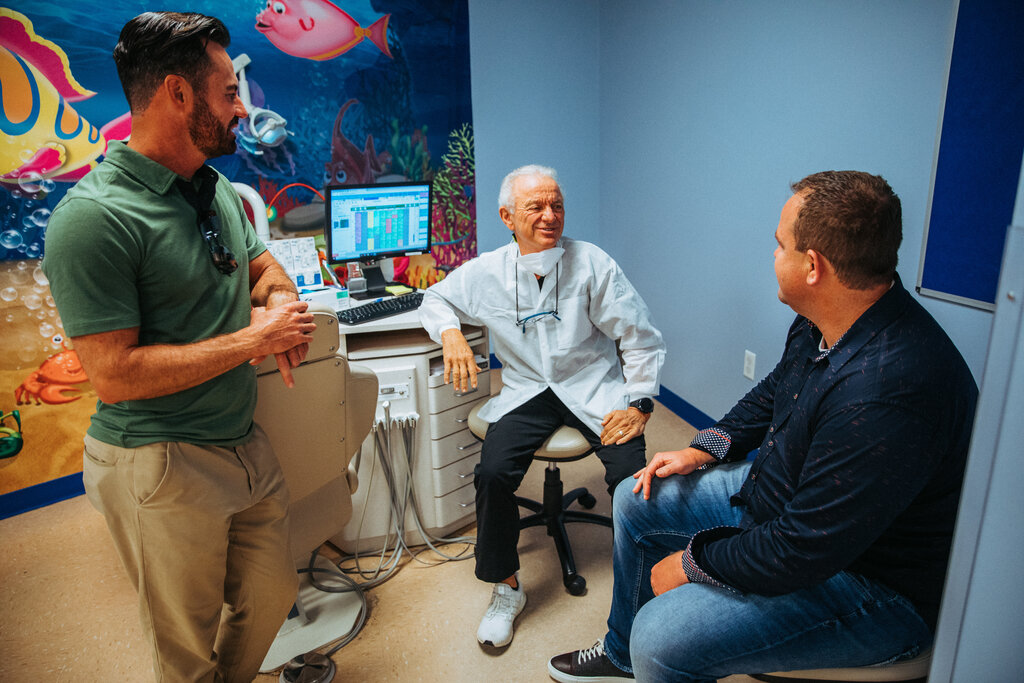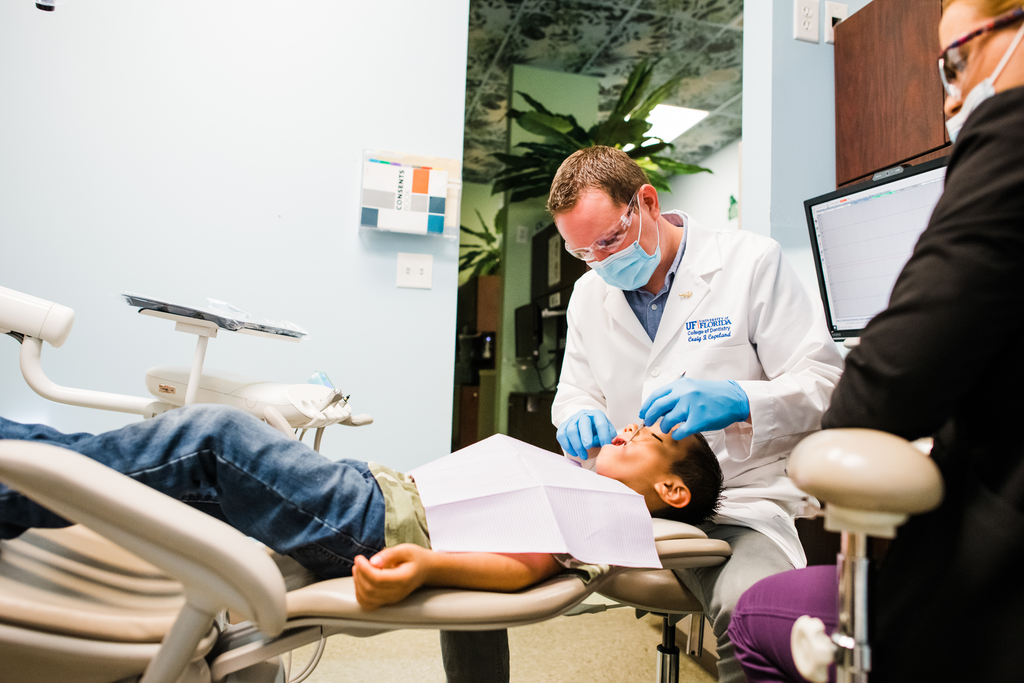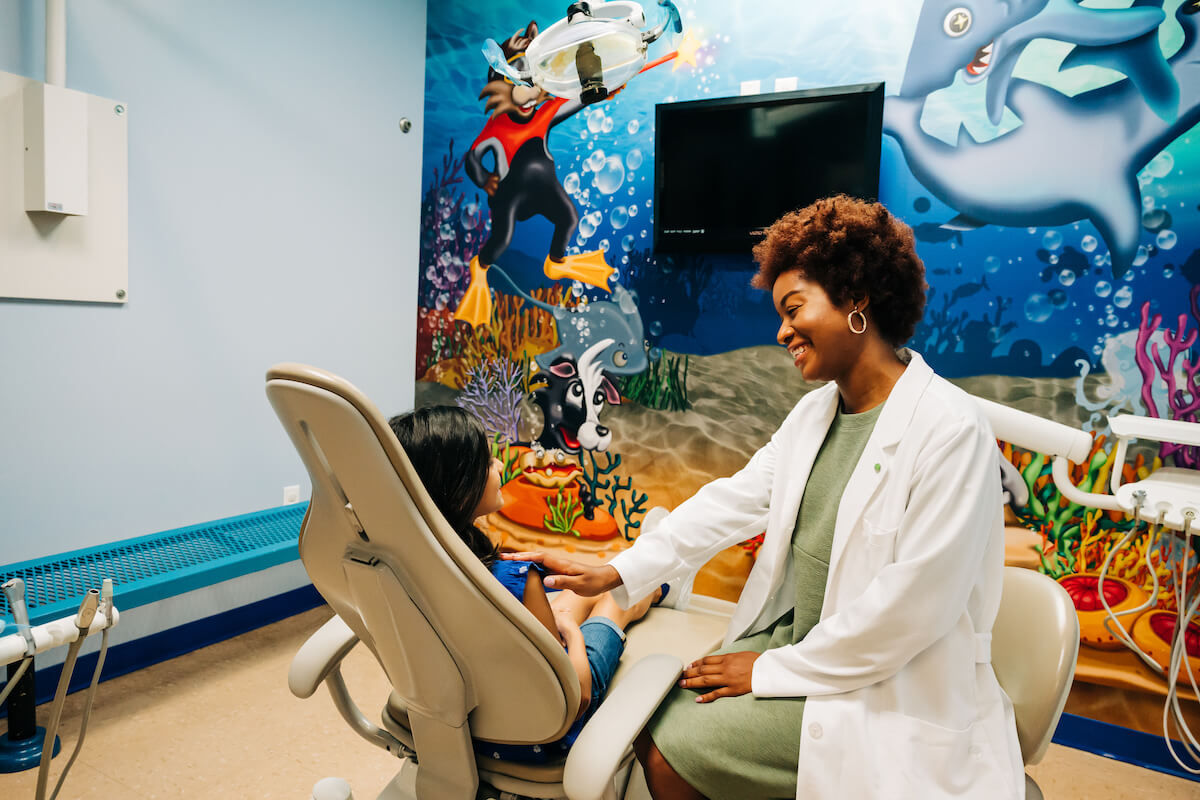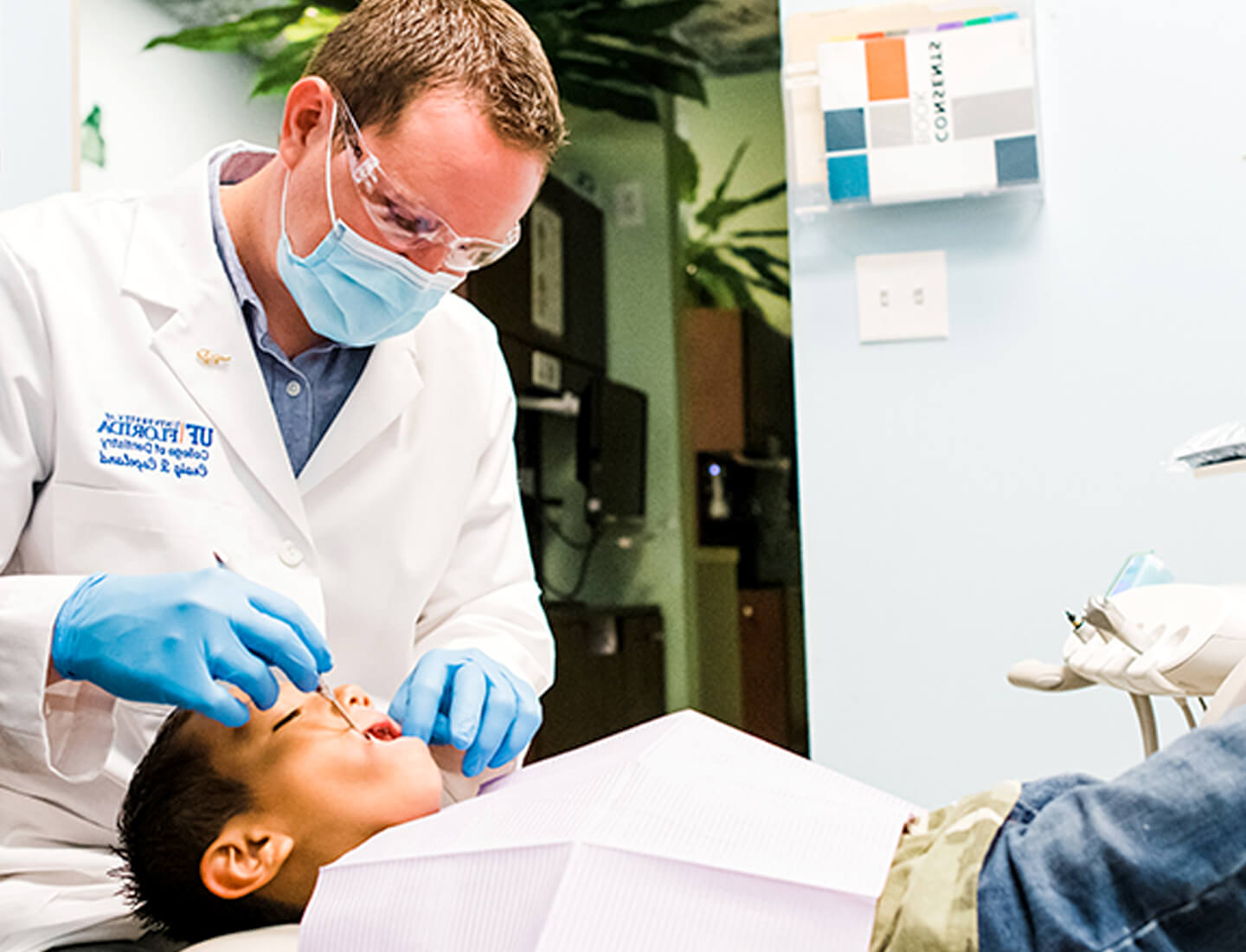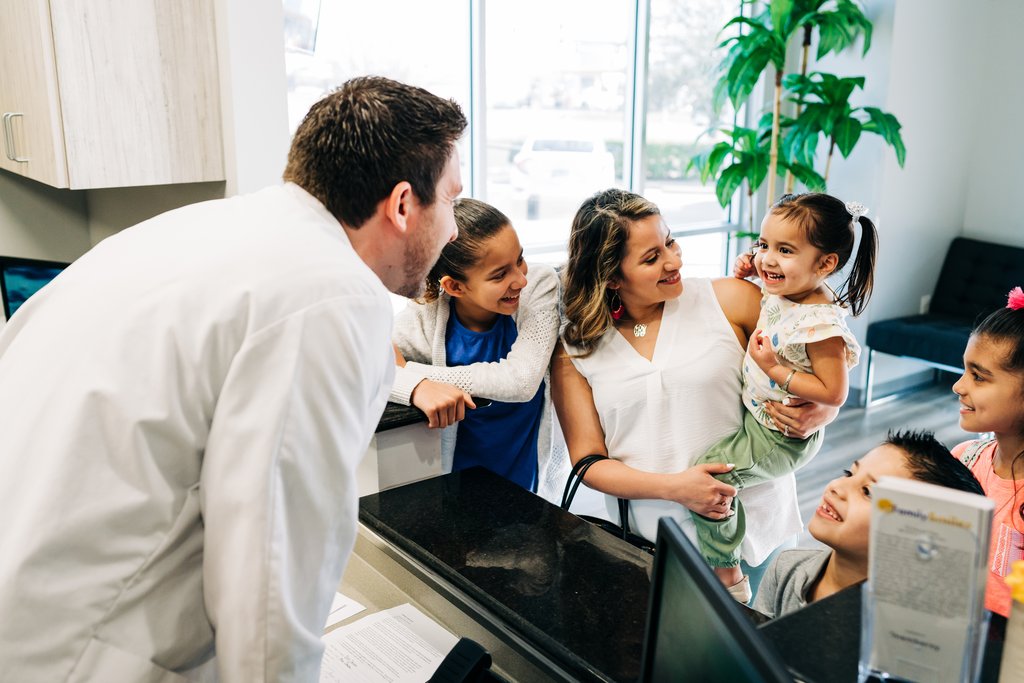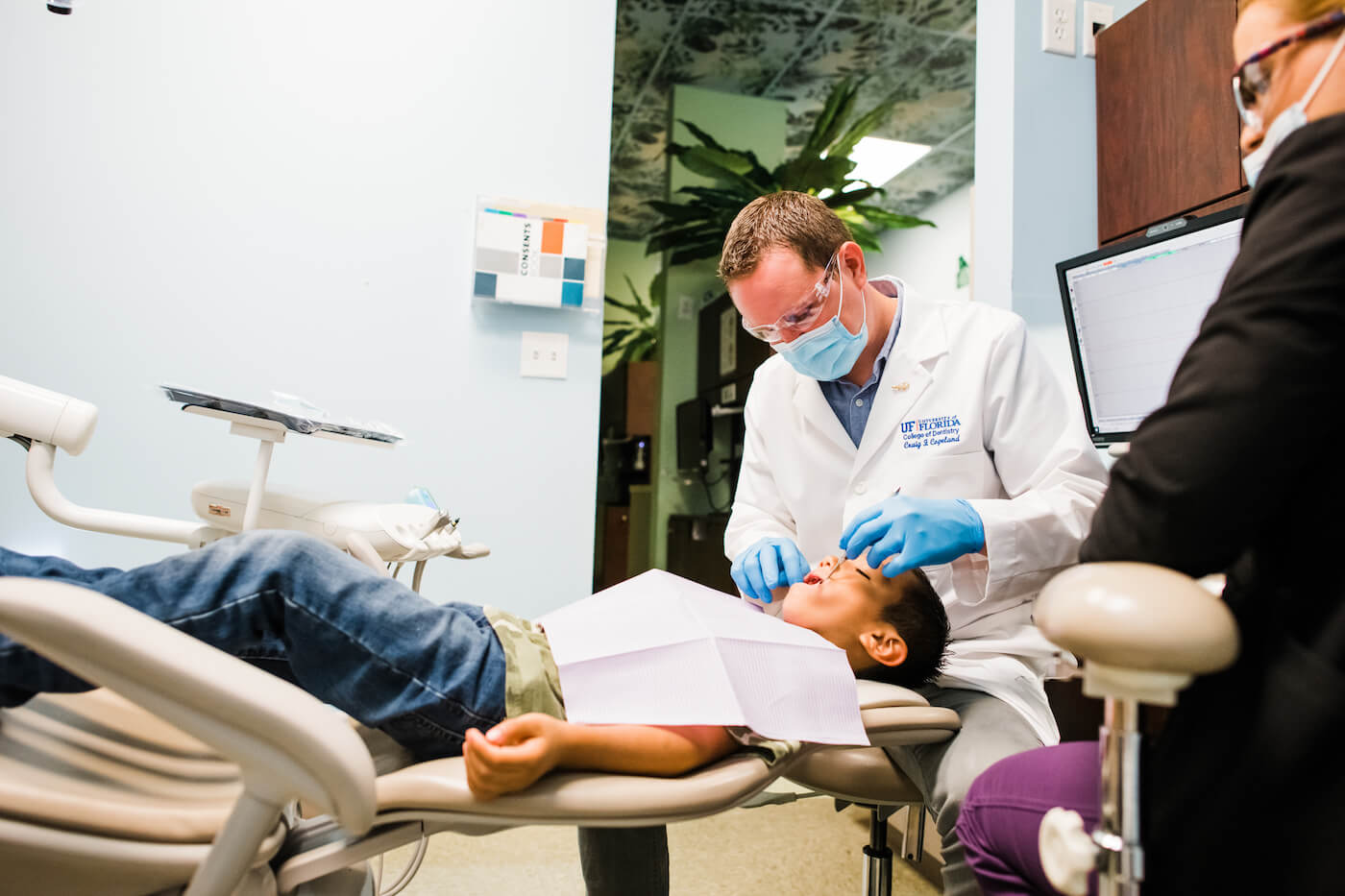
As you approach graduation, you must decide your next steps into your new career. You may feel ready to jump into the workplace with both feet, so check out our previous post for a guide on finding your ideal practice. On the other hand, many new graduates seek a post-doctoral training program instead. If you’re comparing joining an AEGD or GPR after dental school, here are a few considerations you should consider carefully.
AEGD vs. GPR: Which Type of Experience Will Benefit You Most?
There are two main options for post-doctoral training programs many students seek out: AEGD and GPR.
- What are the differences?
- How do you choose a program?
- Which will benefit you most in your career goals?
- Is it essential to pursue an AEGD or GPR program?
AEGD Programs Are a Middle Step Between School and Practice
Advanced Education in General Dentistry (AEGD) programs focus primarily on dentistry. They generally occur in a dental school environment and are a halfway point between dental student and practicing dentist. If you need time to become more competent as a dentist before going into practice, an AEGD may benefit you greatly, as you can expect a lot of hands-on support.
AEGDs usually do not require you to be on-call, and you will get a different level of medical experience than you may in a GPR. However, your experience will be more tightly focused on the skills you are likely to use as a general dentist, and you will also get some experience in expanded functions.
However, the distinctions between the two program types have blurred over the past few years. More and more, AEGD and GPR programs resemble each other closely. That’s why it’s so important to look carefully at the details of the specific program in question. You may also find it helpful to speak to current or previous participants, as the reality of the program may not match what you are looking for.
GPR Programs Tend to Focus on Medically Complex Patients
General Practice Residencies (GPRs) usually take place in a hospital setting. These programs focus on dentistry in the context of whole-body medicine. As such, participating dentists will get rolled into medical rotations, sometimes functioning almost as overflow doctors during some time in the program. Similar to a doctor, most require you to have on-call shifts.
Because GPRs don’t focus exclusively on dentistry, participants gain various exposure and experiences. These experiences benefit those considering specialties in oral surgery and emergency care. Many of your patients in a GPR program will be medically complex and have emergency cases. During your rotations, you will learn anesthesia and surgical skills, which can benefit you greatly in maxillofacial or surgical post-grad programs.
Your Third Option: Learning on the Job with a Mentor
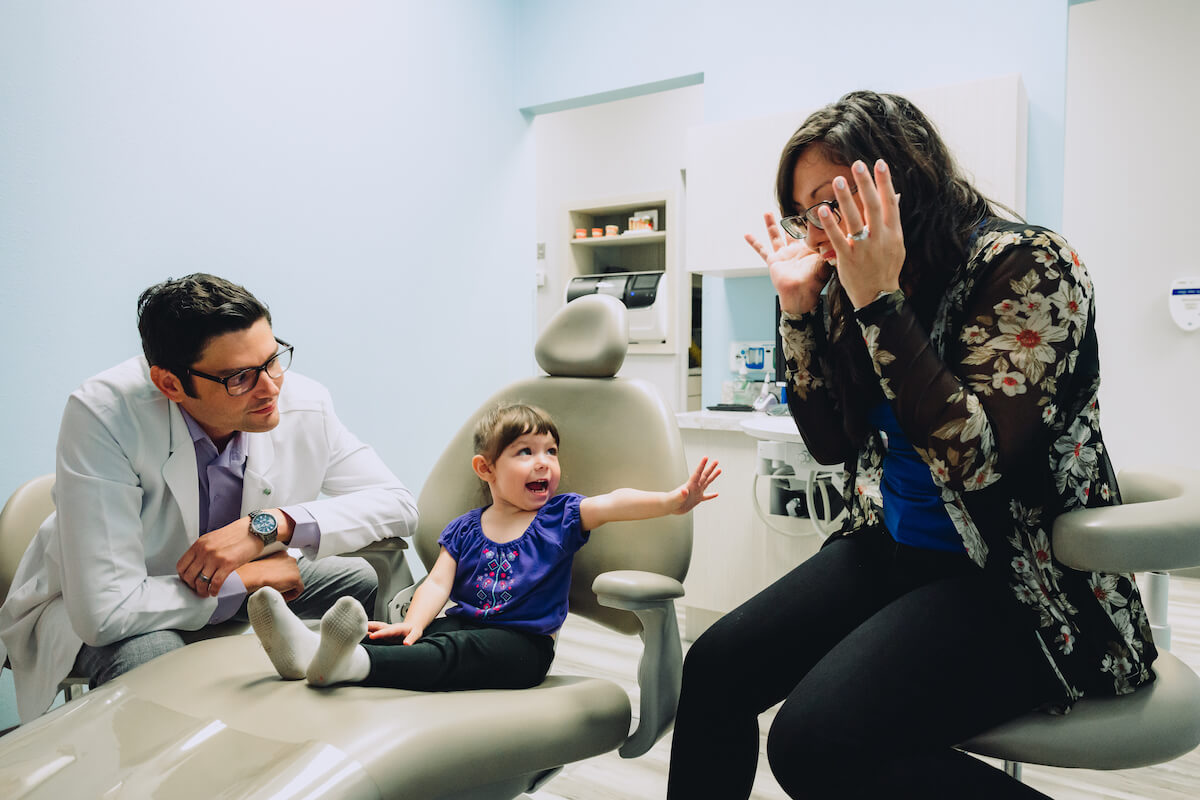
Also, remember that going straight into practice can sometimes mean losing the chance to practice expanded functions like root canal therapy or anesthesia. For example, dentists on the CDP team perform a wide variety of treatments, including pediatrics, RCT, and periodontal therapy. We also pay for the setup and training for oral conscious sedation certification.
Keep in mind that practicing in a rural area will give you plenty of opportunities to expand your scope of practice, as many patients will not have the means to travel to see specialists. By working in underserved areas, you provide essential healthcare to people who need it. Electing to work in an underserved area is profoundly rewarding both from an experience standpoint and emotionally and financially. Choosing a practice where people don’t have access to amazing dentists allows you to change lives, and there is no competition with that.
The key here is to find a practice that will support you through your first steps as a dentist working outside a school setting. Working alongside a great mentor and an experienced team can help you gain confidence in your skills and hone your technique. All while earning an excellent salary!
Salary vs. Stipend: The Financial Considerations of AEGD and GPR After Dental School
After graduation, you have a grace period before your student loan providers start knocking. However, you should be aware that even though most loan providers will allow you to defer repayment while participating in a post-doctoral training program, your loans may still be accruing interest. That’s why you should also consider the financial implications of an AEGD or GPR program versus going straight into practice.

AEGD and GPR programs typically offer a stipend. For an AEGD, you will make somewhere around $40,000 per year. Additionally, you will likely owe tuition for the program. GPR programs generally offer somewhere in the range of $50,000 per year with no tuition requirement.
On the other hand, the salary for a first-year dentist can vary greatly depending on where you work and what practice type you work for. CDP offers an average first-year salary range of $180,000 to $210,000!
As stated above, working in underserved areas can provide fantastic growth opportunities, and you will typically see great financial benefits from avoiding oversaturated markets. Even after paying for CEs to expand your scope of practice, you will come out ahead financially by skipping post-doctoral training programs and opting to learn on the job instead.
Evaluate Your Career Focus as You Consider AEGD or GPR After Dental School

If your passion is in focusing on medically complex cases, working in emergencies, or going into a specialization like oral surgery, an AEGD or GPR after dental school may be a great option for you. Because of the variety of experience you gain in a post-doctoral training program, you will likely graduate with a better sense of your career goals and what you seek in a specialty program.
However, going into practice straight out of school does not preclude going into a specialization later. In fact, gaining work experience for a few years before deciding may give you more of a clear picture. You’ll see the realities of daily life in a practice versus working in a hospital or school clinical setting. You can still expand your training in treatment modalities like implants and orthodontics. This can be achieved through CE credits while earning an excellent salary.
Mentorship Can Help
Mentorship makes the difference in the value of that first year after dental school. That’s one of the key benefits of a residency program; becoming more competent in your skills with a teacher at your side. Whether through an AEGD, GPR, or learning on the job, connecting with an effective mentor is essential. They’ll guide you through those shaky first steps and can help you get the most out of your clinical experience.
Dental mentorship is a huge focus for us here at Community Dental Partners. You can get the best of both worlds; focused skill development and great compensation during your first year of practice. We believe in hitting the ground running and starting your career with the support you need. Schedule a call with a Hiring Manager to learn more about mentorship and continuing education at CDP!



